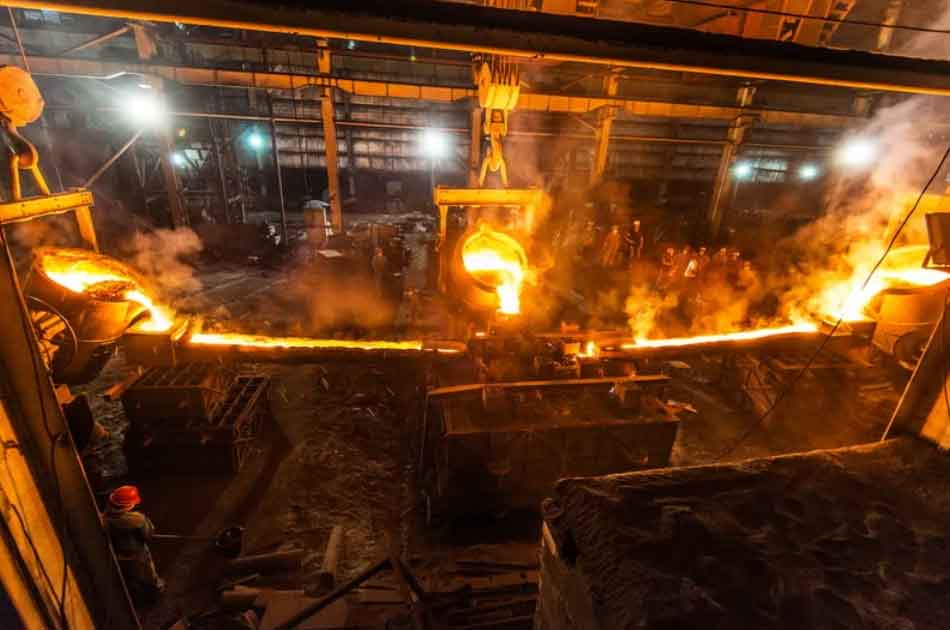The hot crack casting defects are analyzed from the macro and micro morphology. The hot crack can be divided into “tensile crack” and “shrinkage crack”. The formation mechanism of hot crack casting defects mainly includes liquid film theory and strength theory δ Less than the strain of the casting due to shrinkage obstruction ε Hot cracks and casting defects are produced. P and s are harmful elements in the alloy, which have a great influence on crack casting defects. Controlling C, Si and Mn in an appropriate range can increase the crack resistance of the alloy. The formation of shrinkage crack is mainly due to poor heat dissipation conditions and serious sulfur infiltration, which leads to delayed solidification and the formation of shrinkage crack casting defects under the action of shrinkage stress. Tensile crack is the stress and strain produced when the casting is blocked during solidification shrinkage. When the stress or strain is greater than the fracture strength or strain strength of the metal at that temperature, tensile crack casting defects are formed.
There are four main reasons for the formation of hot crack casting defects of motor shell:
1) The casting structure of the motor shell is complex, with small connecting fillet, uneven wall thickness, excessive size and many hot spots.
2) Improper regulation and control of chemical composition.
3) Furan resin sand has high thermal expansion rate, poor concession, good thermal insulation, poor heat dissipation and serious sulfurization.
4) Defects in process design.
Sand inclusion is an inertial quality problem in casting production. The main forms are scab, sand hole, rat tail, sand inclusion and other casting defects. The main causes are process, tooling and mould, molding sand quality, coating and operation. The main causes of sand inclusion casting defects of motor shell are unreasonable design of gating system, damage of sand mold and low strength of local molding sand.

